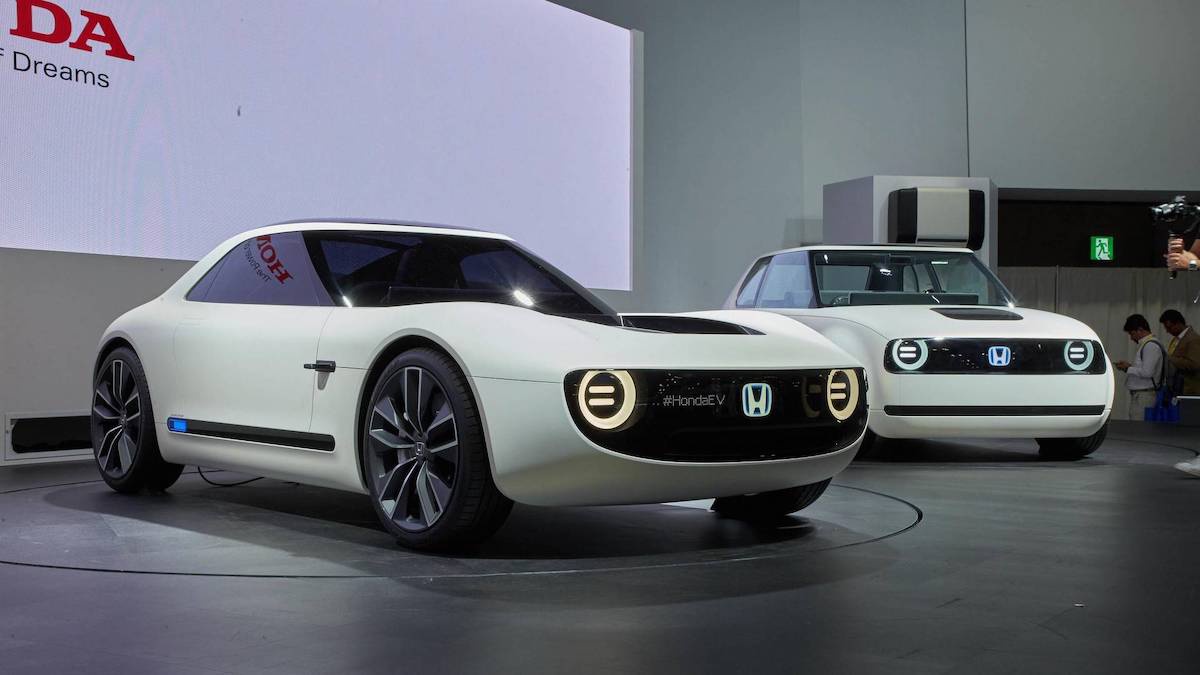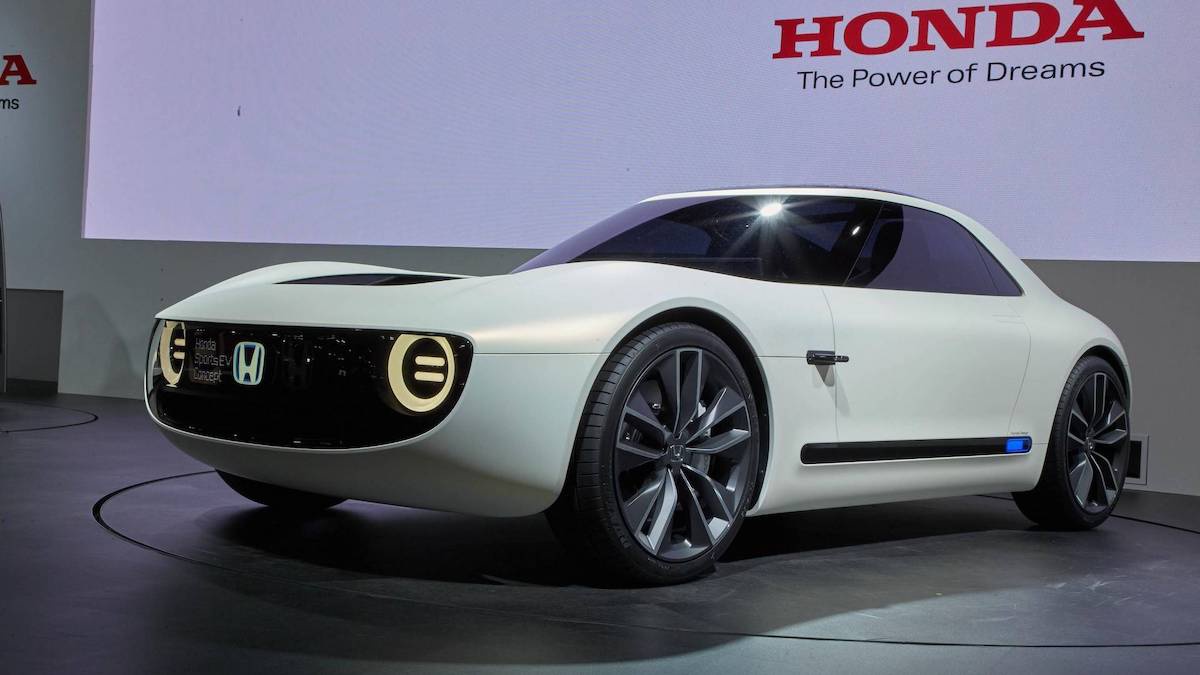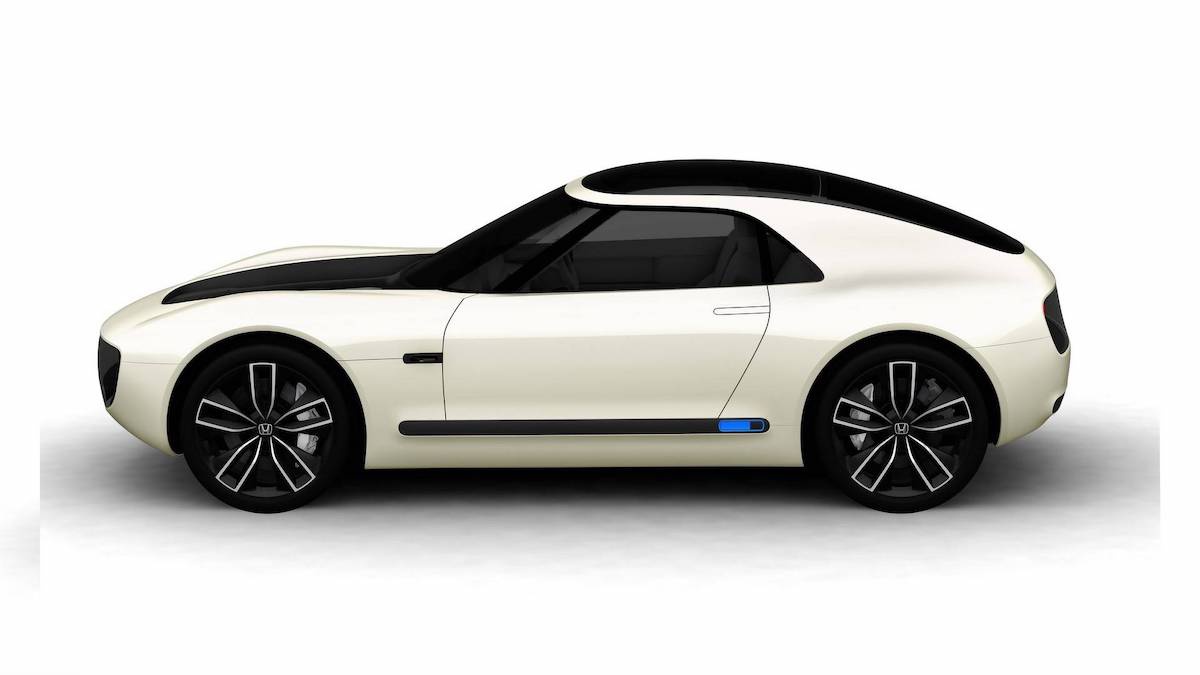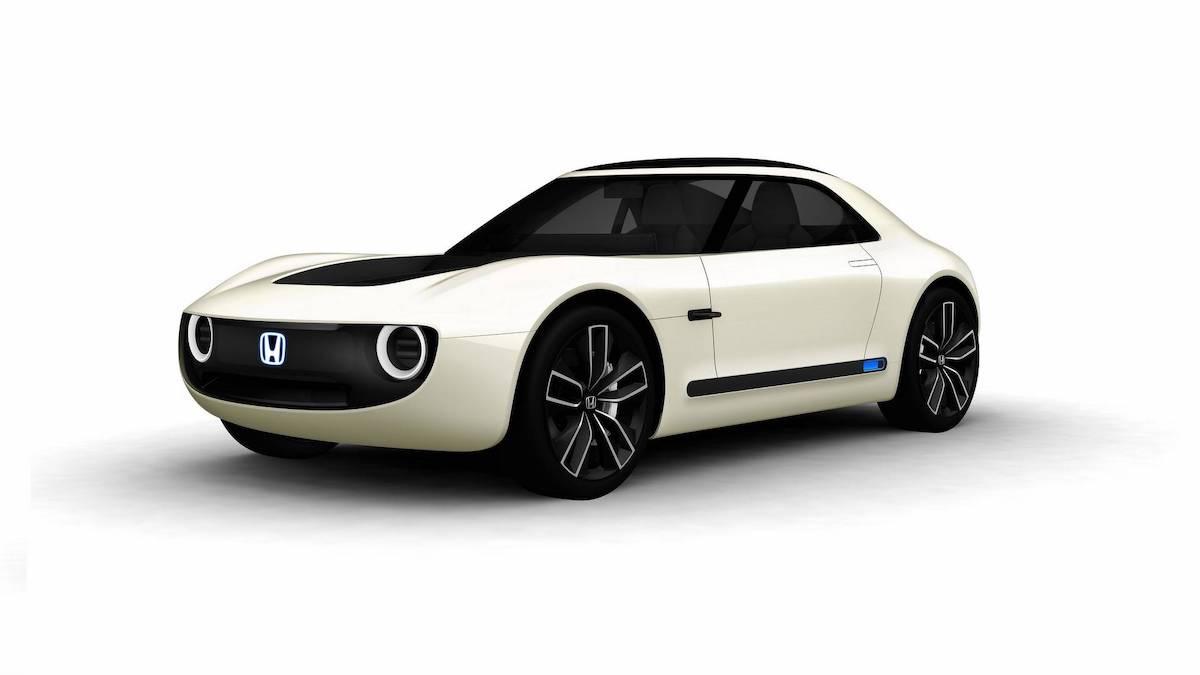The initiative is part of Honda's broader strategy to launch seven new EV models globally by the end of the decade, starting with North America in 2026. This tech integration aims at cutting vehicle weight by 220 pounds, significantly boosting electricity efficiency and handling due to a low, centered motor and battery placement.
The company detailed its "0 Series" lineup, which will range from small to large vehicles. Honda is expected to roll out its first models in the second half of this decade, with each model boasting over 300 miles per EPA test cycle. The schedule for these launches includes a variety of models across different segments beginning with a sedan and two SUVs in 2026, followed by increasingly compact designs through 2030.



Honda Sports EV Concept
Aside from these advances in electric vehicles, Honda is also revisiting its hybrid technology with plans for new all-wheel-drive hybrids that are lighter and more efficient than their predecessors. Adding excitement to this venture is the potential return of the 'Prelude'-a car not seen since its discontinuation. Scheduled as early as 2025 or 2026, it will feature a four-seater configuration available in both left and right-hand drives. Although aimed at mainstream rather than sporty market segments, Chief Engineer Tomoyuki Yamagami emphasizes, "This isn't going to be the sportiest, zippiest car that's going to be tossed into the circuits."



Honda Sports EV Concept
By implementing F1 technology in passenger cars-a tactic previously unexplored at this scale-Honda sets a precedent for combining high-performance tech with everyday usability in EVs. This innovative approach may not only redefine standards within the automotive industry but also contribute significantly to global efforts in reducing vehicular emissions through enhanced efficiency.
In summary, Honda's strategic fusion of cutting-edge race car technology with their upcoming EV models underscores a significant shift towards sustainable yet powerful automotive solutions that cater to varying consumer needs while staying aligned with environmental objectives.

